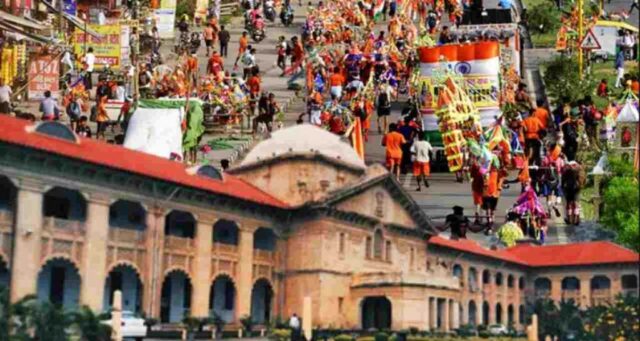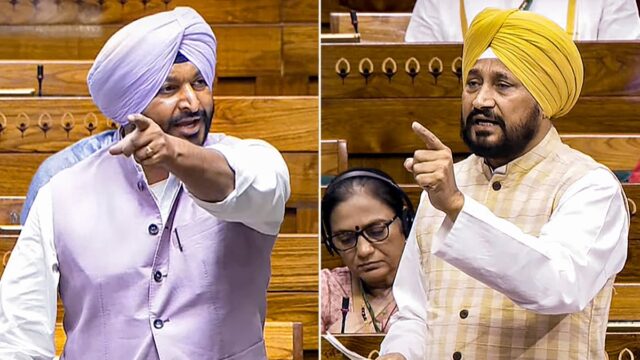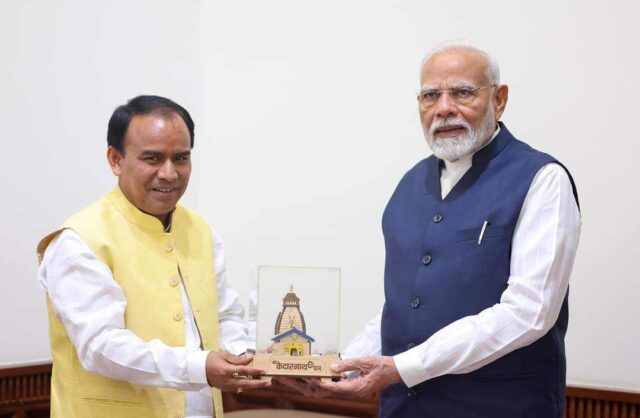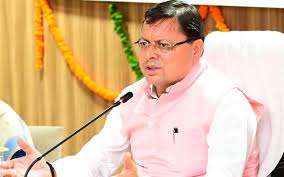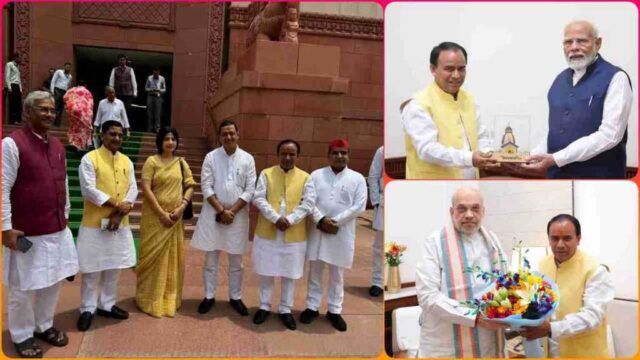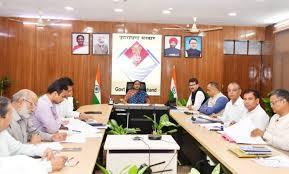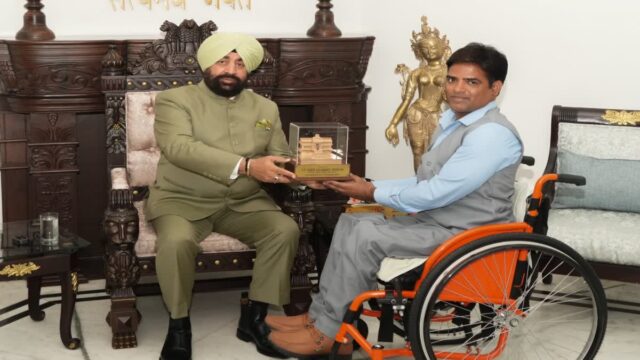Concerned about low voting, EC is making a plan, how can there be more voting?

Voting for the first phase of Lok Sabha elections 2024 concluded on April 19. This time, general elections are being held in India in seven phases and in comparison to 2019, there has been a decline of about three percent in the total voting percentage in the first phase this year, which has increased the concern of the Election Commission. Of the 21 states and union territories that voted in the first phase, 19 have recorded a decline in voting. Concerned about this, the Election Commission is planning to improve its strategy to increase the voting percentage.
While the Election Commission acknowledged that it was “deeply concerned about the decline in voter turnout,” a senior Election Commission official said voter enthusiasm, though evident, was not enough to bring them to polling stations. “The Election Commission had made a strong appeal for voting to increase voter awareness. “Efforts were also made to improve the facilities at polling stations to make voting a pleasant experience, but they seem to have fallen short.”
These could also be the reasons for low turnout
Sources told The Times of India that the Election Commission is analyzing the reasons for the low turnout and will hold meetings this weekend to discuss the issue and will prepare more strategies by Monday as part of a turnout implementation programme.
According to sources, heat could also be a possible reason for low turnout as this time voting has started eight days later than in 2019. Apathy caused by many voters considering the outcome a foregone conclusion; And there may be a clash of election dates with festival and wedding season.
Voting percentage remained low in these states
Among the states and union territories, only three states – Chhattisgarh, Meghalaya and Sikkim – have seen higher turnout than in 2019. At the same time, 57.7% voting took place in Nagaland, which is 25 percentage points less than in 2019. There has also been a decline in turnout in Manipur which was 7.7 percentage points, in Central Pradesh there has been a decline of more than 7 percentage points and in Rajasthan and Mizoram there has been a decline of more than 6 percentage points.
A state like Bihar recorded the lowest turnout of 49.2% in the first phase; Even though it did not surprise the Election Commission as the survey covered the Left Wing Extremism affected area, the corresponding turnout was higher at 53.47% in 2019. At the same time, in UP also the voting percentage decreased from 66.5% to 61.1%.
Of the two states where polling has concluded – Tamil Nadu and Uttarakhand – the southern state of Tamil Nadu recorded a decline in turnout despite the campaign, which saw a heated argument between the DMK and the BJP over Tamil Nadu Minister Udhayanidhi Stalin’s controversial ‘Sanatana Dharma’ remark. There could be a reason for argument. Voter enthusiasm was also seen low in Uttarakhand, where voting declined from 61.5% to 57.2% in 2019. West Bengal, which has been a high-turnout state, saw an impressive turnout of 81.9%, but this was also lower than 2019’s figure of 84.7%.
Planning is being done to conduct more voting
Election Commission sources said it is difficult to identify voters who may have contributed to low turnout. An Election Commission official said, “We do not profile voters and count them into different categories. The only solution is to motivate and unite all categories to shun apathy and join the count. The commission is expected to come out with revised voter-boosting strategies before the next phase of voting begins on April 26.

